Carpenter bees have returned and are having their way with wooden homes in our area. After boring a hole into the side of your house, these pests deposit the next generation of eggs that soon start growing into larvae. You think that would be bad enough for a homeowner, but it gets much worse.

As the larvae eat their way through these holes, their foes show up and listen for the sound of chewing, which introduces the federally protected Pileated woodpecker. This brute makes short work ripping off layers of the wood to get to those juicy larvae inside of these holes. What is left when they are done? Gaping holes that let rain, bugs, and other unwelcome vermin inside the home.

Although, there is hope!
About 5 years ago the paint industry started offering affordable, protective products to add to paint or stain prior to application, many of which bond on a molecular level. When the carpenter bees try chewing through the paint to reach the wood, this additive typically kills the bee. This translates to no more larvae or Pileated woodpecker damage. Some of the newer products also have natural oils that repel the bees.
These are not foolproof products. They do help mitigate the carpenter bee problem but will not stop it entirely. There is more to the story though. These products work extremely well with solid stains or paints but not so well with transparent stains. Recently we treated a home with a transparent stain, and the bees were not entirely stopped. A house we treated last year with the same product but as a solid stain does not have any further carpenter bee damage.
Homes that have less than 15’ of height can be sprayed by pest control on a regular basis to mitigate the carpenter bees. The problem in the mountains with this plan is that most homes have at least one side that exceeds the reach of the pest control company’s ability to apply their product. Trust me, that will be the one side the carpenter bees find!

As custom builders of hundreds of homes in the mountains our crews are used to repairing the high and often hard to access sides of a mountain home. If you would like a professional restoration of the damaged wood on your home and an estimate to properly clean then paint or stain your home, call us at 865-379-8044.





Recent Comments